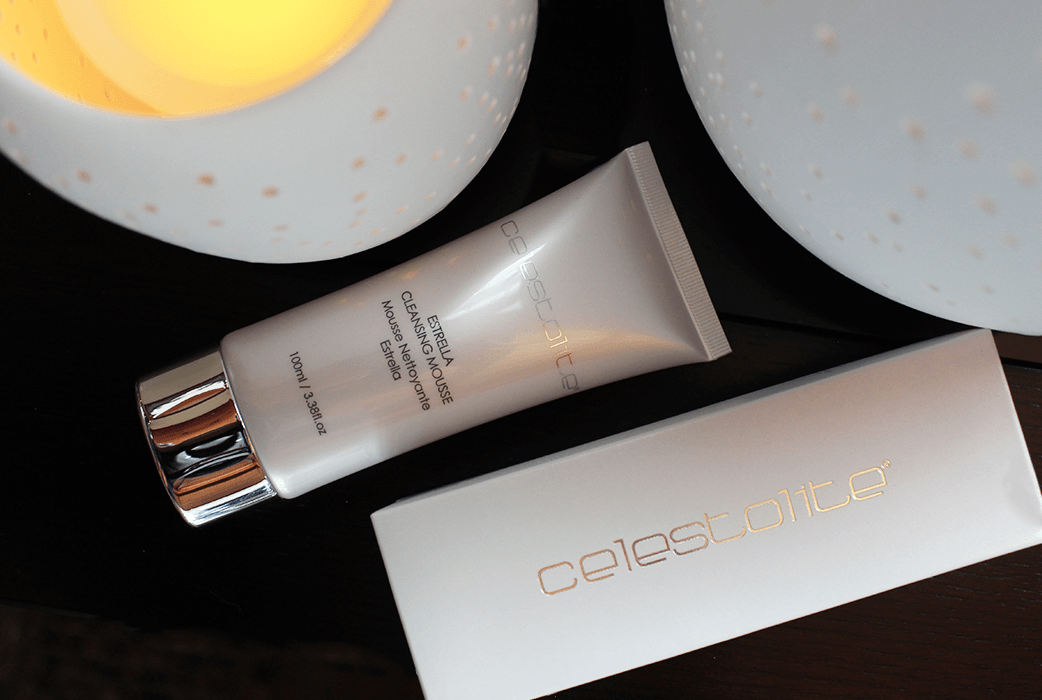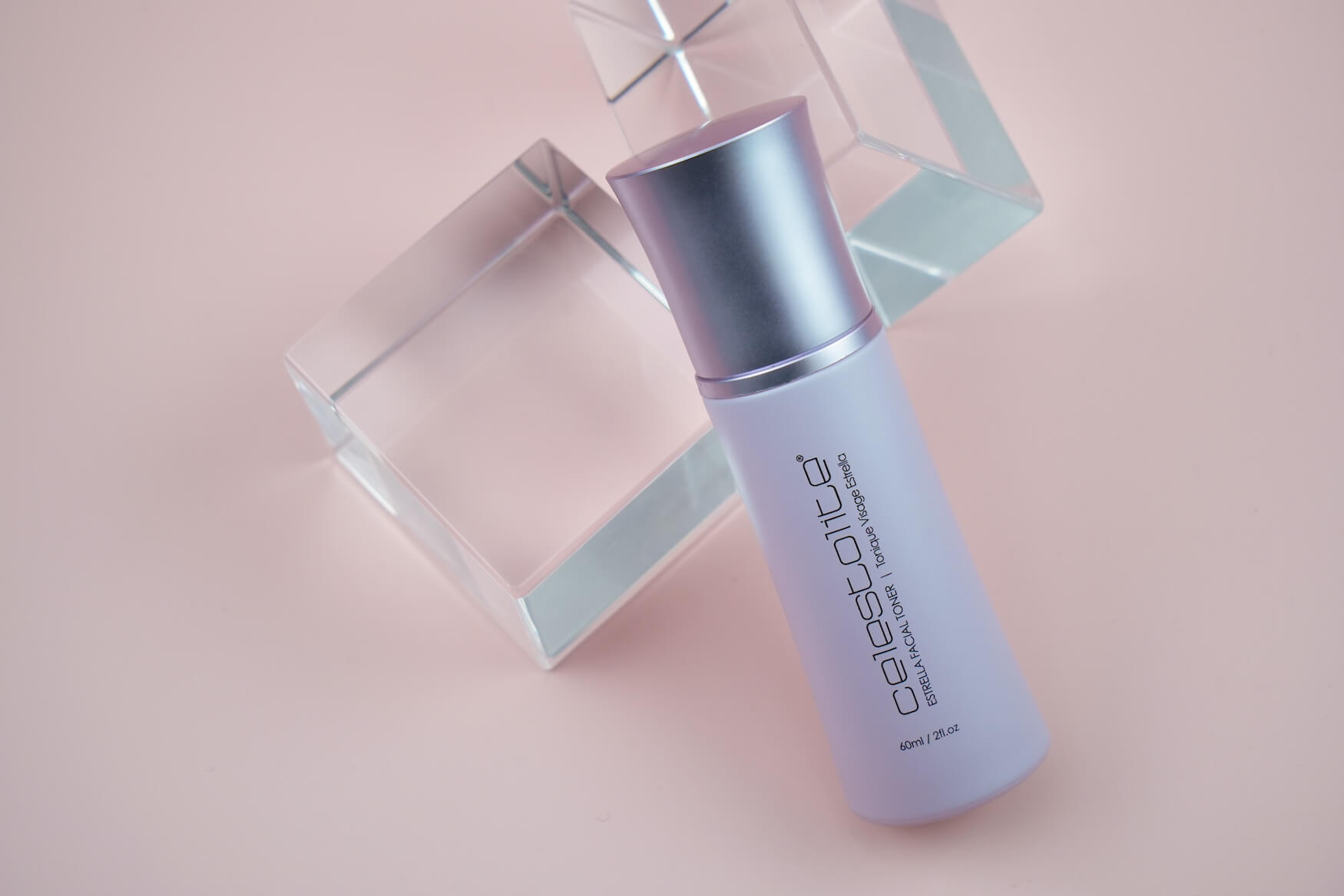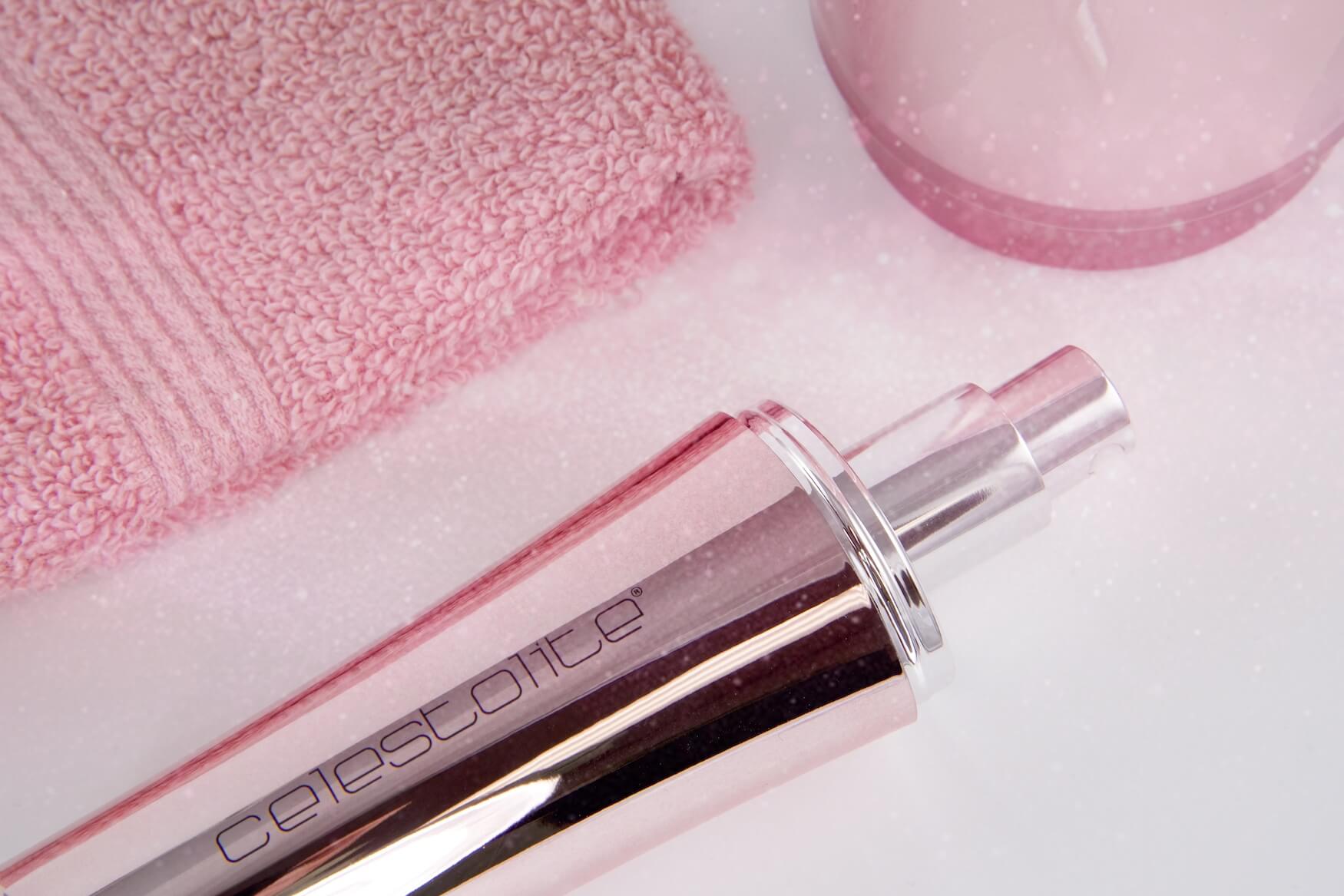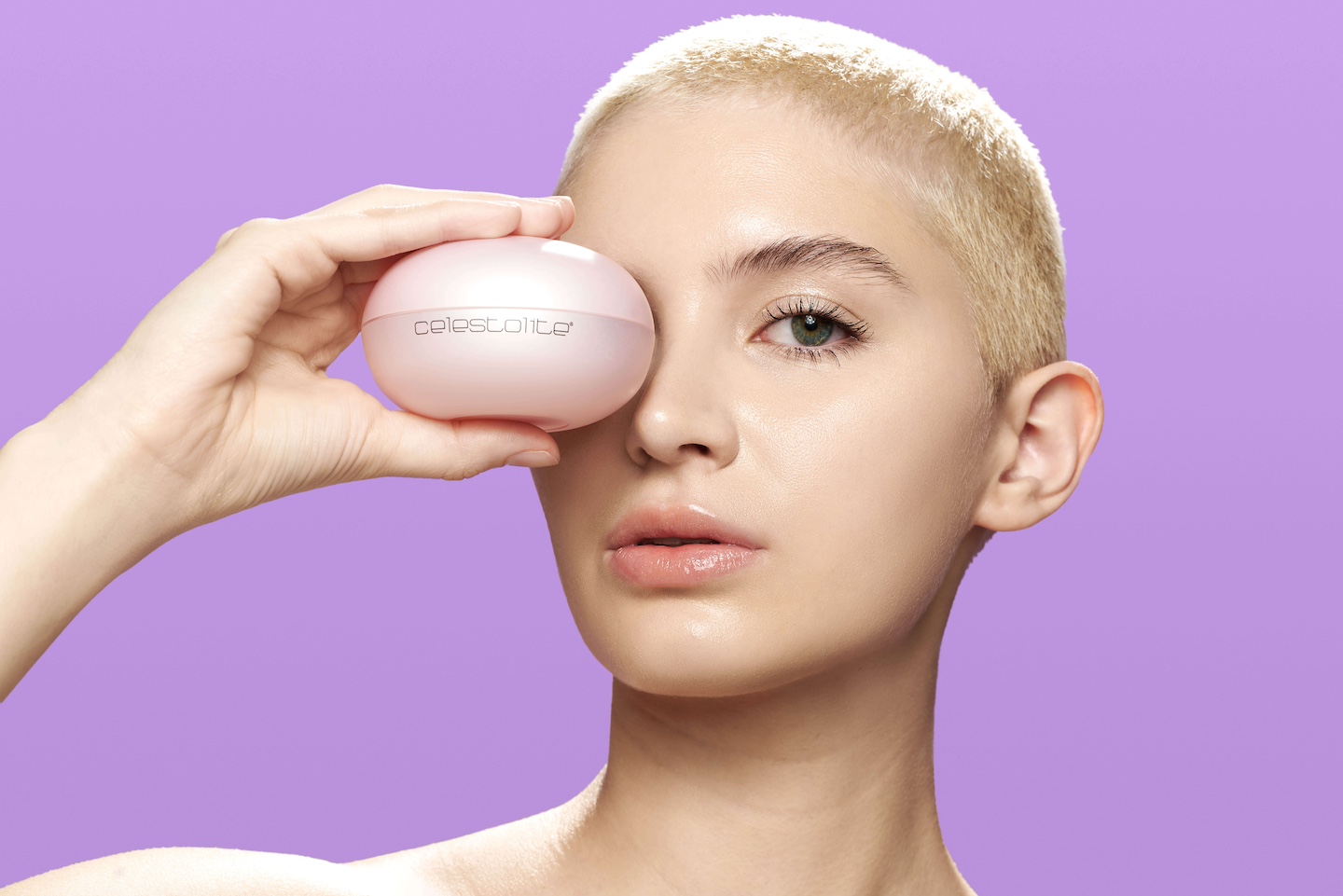Probiotics have been in the spotlight quite a bit recently. It started when gut health was a trending topic, with people learning about how eating more probiotics can give the gut microbiome a big boost. This then spilled over into the skincare world, with the skin microbiome becoming a popular talking point. Many didn’t realize that, just like the gut, the skin also has its own unique microbiome, and keeping this balanced could significantly improve the health of the skin.
Enter probiotic skincare. With probiotics being such a game-changer for the gut’s microbiome, it’s easy to see why skincare enthusiasts welcomed probiotic skincare with open arms, believing that these probiotic-infused formulas would provide everything necessary to restore the skin’s microbiota.
In theory, this approach should work well. If your skin’s microbiome is lacking in good bacteria, applying this topically should help to restore that delicate balance. In reality, however, things aren’t quite so simple. Keep reading as Celestolite explores whether or not the probiotic skincare hype is worth buying into.
What Exactly is Probiotic Skincare?
Probiotics are live microorganisms that naturally form a big part of the various microbiomes in the body, including that of the skin. Probiotic skincare is exactly as it sounds: skincare products that contain probiotics. When introduced into a microbiome, probiotics work by encouraging the growth of beneficial bacteria, which prevents harmful bacteria from taking over.
When it comes to your skin, an imbalanced microbiome can lead to everything from acne and sensitivities to dryness and wrinkles. This makes it easy to understand why people have been clamoring for probiotic skincare – it promises to do away with all of those problems!
Does Probiotic Skincare Actually Work?
While the theory behind probiotic skincare seems pretty solid, do these products actually work? This is where things get a little complicated…
Understanding Bacterial Species
Firstly, everyone’s skin microbiome is unique. There are so many different strains of bacteria out there that it’s almost impossible to decipher exactly which ones your skin is lacking. There are a few species of bacteria that are commonly used in probiotic skincare, such as Lactobacillus and Bifidobacteria, mainly because they’re known for being good strains of bacteria to add to the gut.
However, the microbiome of the gut is very different from that of the skin. Yes, that bacteria may benefit your gut, but whether or not it will help your skin is currently unknown. There aren’t actually any studies out there to prove this. More often than not, the bacterial strains that are used in probiotic skincare aren’t naturally found on the skin. This means that they won’t have any long-term impact on your skin’s microbiota. Instead, adding new bacteria could end up disrupting the natural balance of your skin’s microbiome over time.
Keeping Probiotics Alive
The next problem is that in order for bacterial strains to work as probiotics, they need to be alive. However, for this to happen, they need certain conditions, such as the right temperature, specific oxygen levels, and sufficient nutrients.
This is difficult to achieve when it comes to skincare products. Not only do people store their skincare products in such different environments, most of which aren’t suitable for keeping probiotics alive, but the preservatives that are added to skincare products as a way to extend their shelf life work by inhibiting microbial growth and fermentation, yet this is exactly what probiotics need. This makes it a huge challenge to keep probiotics alive and active in skincare formulations, bringing into question the actual efficacy of these ingredients.
A Lack of Research
With all of the buzz surrounding probiotic skincare, you’d expect there to be some solid science behind it. Surely all of the attention it’s gaining is down to new research that has emerged?
Surprisingly, no. While there’s plenty of research out there confirming that adding probiotics to your life can boost gut health and, therefore, the health of the skin too, this is mostly in relation to consuming probiotics. Whether or not these effects can be brought on by probiotic skincare is still relatively unknown.
Of course, that’s not to say that there isn’t any science behind probiotic skincare. One study found that topical probiotics could leave the skin barrier feeling better hydrated, while another showed that applying a high concentration of a specific bacteria (Nitrosomonas eutropha) could reduce the appearance of fine lines and dark spots. However, the first study had only 20 participants and the second just 29. They’re much too small to form any conclusive facts – a lot more research is still needed.
A Lack of Regulations
As you may be aware, there’s already a lack of regulations when it comes to certain aspects of skincare. The terms ‘natural’ and ‘hypoallergenic’, for example, don’t actually mean much! Brands can slap these labels on even if their products aren’t natural or hypoallergenic.
With probiotic skincare being so new, there aren’t any regulations surrounding these ingredients. It’s all well and good for a skincare brand to boast about formulas containing probiotics, but there’s no way to really know if those probiotics are alive and effective since there’s no testing in place for this. In fact, it would be pretty much impossible to ascertain whether or not those products ever even contained viable microbes in the first place!
Other Ways to Balance Your Skin Microbiome
While probiotic skincare may not be worth buying into, your skin microbiome would still benefit from some extra attention. Here are some tips to ensure that yours remains balanced and happy:
Be Careful When Cleansing and Exfoliating

Although cleansing and exfoliating are important parts of any skincare routine, they’re infamous for interfering with both the skin barrier and the skin’s microbiome. If you want your skin’s beneficial bacteria to flourish, make sure that you aren’t removing them bit by bit each time you cleanse and exfoliate your skin!
How can you preserve that beneficial bacteria when cleansing/exfoliating? Pick formulas that are designed to provide support, as opposed to overly aggressive products containing harsh ingredients. The Celestolite Estrella Cleanser Mousse would be a great cleanser to opt for. It’s gentle enough to be used twice a day, yet it does an excellent job of removing impurities and unwanted particles from the skin. Meanwhile, the Estrella Facial Peel takes things deeper by thoroughly exfoliating the skin, yet in a way that doesn’t compromise the skin’s microbiome.
Keep Your Skin Hydrated

Hydration is a must if you want to provide an environment in which the good bacteria on your skin can thrive. Starve your skin of moisture, and the opposite will happen – the ‘bad’ bacteria will start to dominate, causing a variety of skin problems.
Fortunately, there are plenty of hydrating skincare products out there to choose from. We’d recommend ensuring that at least a few of the products in your routine contain hydrating ingredients – hydration is always best provided in layers.
For example, start with the Celestolite Estrella Facial Toner after cleansing your skin. Then, follow up with the super-hydrating Mars Stellar Serum, before locking that moisture in with the Celestolite Estrella Night Cream.
Apply Plenty of Topical Antioxidants

Oxidative stress not only harms your skin microbiome but also damages your skin in so many other ways. This is why some strains of skin bacteria produce antioxidants – these compounds are crucial when it comes to keeping the appearance of oxidative stress at bay. Certain antioxidants also encourage the growth of beneficial bacteria while giving the skin barrier a stronger finish – something else that allows the skin microbiome to thrive.
Applying antioxidants topically will help boost your skin’s overall antioxidant content. Just like when it comes to using hydrating ingredients, try to incorporate antioxidants into a few steps of your skincare routine. With that said, an antioxidant serum, like Celestolite’s Nova Bright Glow-C Serum, would be a good move too. This formula is infused with vitamin C, one of the best antioxidants around!
Spend Time in Nature
As diverse as the ecosystem of your skin’s microbiome may be, this is nothing compared to that of soil, one of the most diverse ecosystems on the planet. Soil is home to bacteria, fungi, viruses, and more. All of this can be found in your skin’s microbiome too, just not to the same extent.
How does this relate to your skin? Studies show that spending time in nature and being tactile with the natural world can significantly increase the diversity of the skin’s own microbiome. It does this in a way that probiotic skincare could never compete with!
Keep Your Skin Safe From UV Exposure

While spending time in nature can do your skin microbiome, as well as other aspects of your health, the world of good, it’s important to remember that the sun isn’t your skin’s friend. Not only does it cause wrinkles, dark spots, and even skin cancer, but UV rays also have an antimicrobial effect. This means that they reduce the amount of beneficial bacteria on your skin. This then leaves more room for the harmful bacteria to thrive.
This doesn’t mean that you need to spend every daylight hour indoors. Instead, simply keep your skin covered with an SPF 30 sunscreen. This will provide sufficient protection against UV rays, preventing them from interfering with the delicate balance of your skin’s microbiota. Go with a hydrating, antioxidant-rich SPF moisturizer, like the Celestolite Nova Bright Skin Cream SPF 30, and you’ll be keeping your skin barrier and microbiome feeling supported in other ways too!
Conclusion
While probiotic skincare may, in theory, seem like a no-brainer, the reality isn’t quite so. Instead, not only is it exceedingly difficult to formulate live bacteria into skincare products, but there’s not even much proof out there that applying probiotics topically does any good for the skin. With the opposite sometimes being true, this is a trend that you’ll want to avoid for now, at least until the concept develops further. Fortunately, there are plenty of other ways to encourage the good bacteria on your skin to thrive so that you can ensure a skin microbiome that’s diverse and abundant!
Click here to check out more bestselling skincare products from Celestolite.




0 comments on “Probiotic Skincare is Trending – Is it Worth the Hype?”